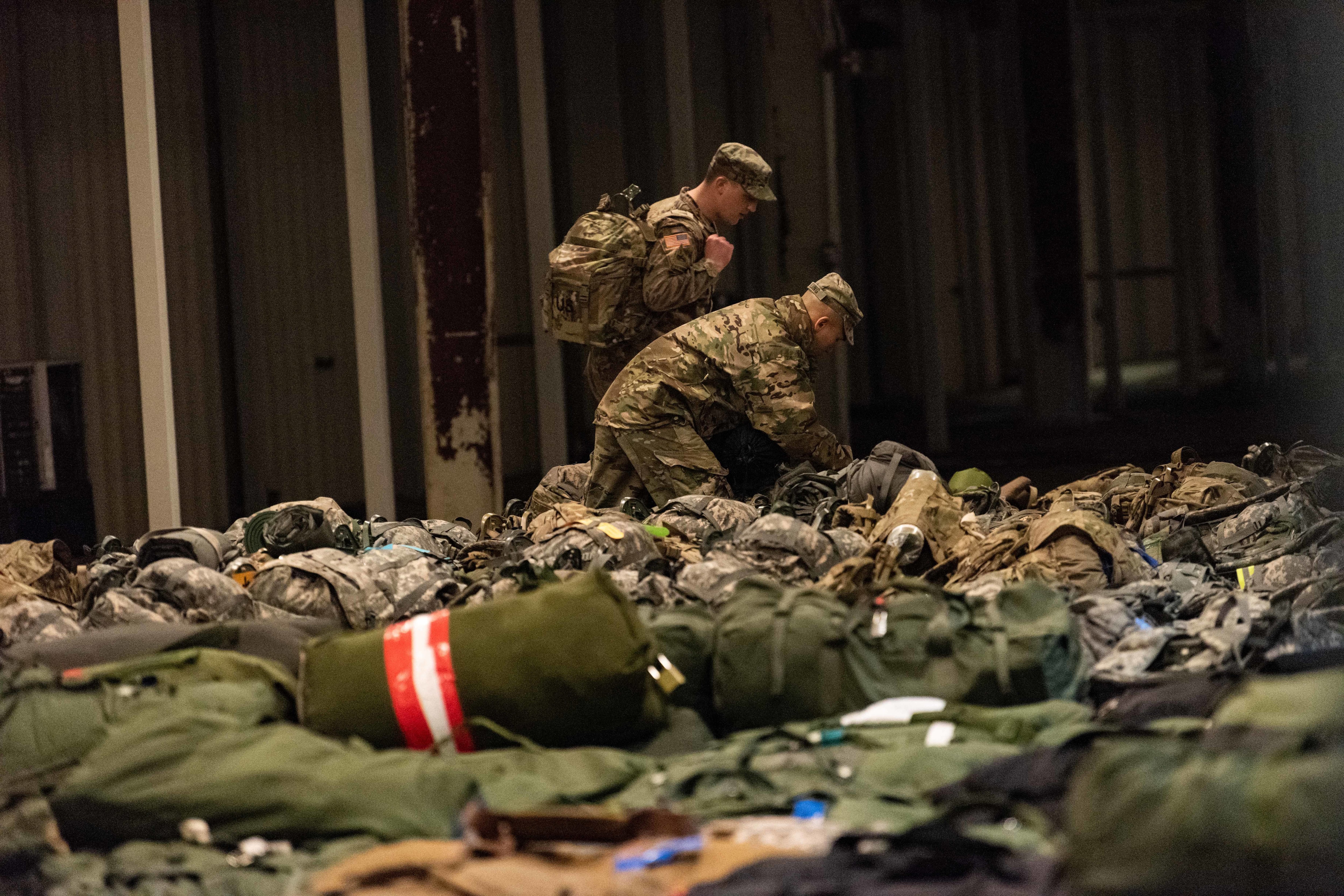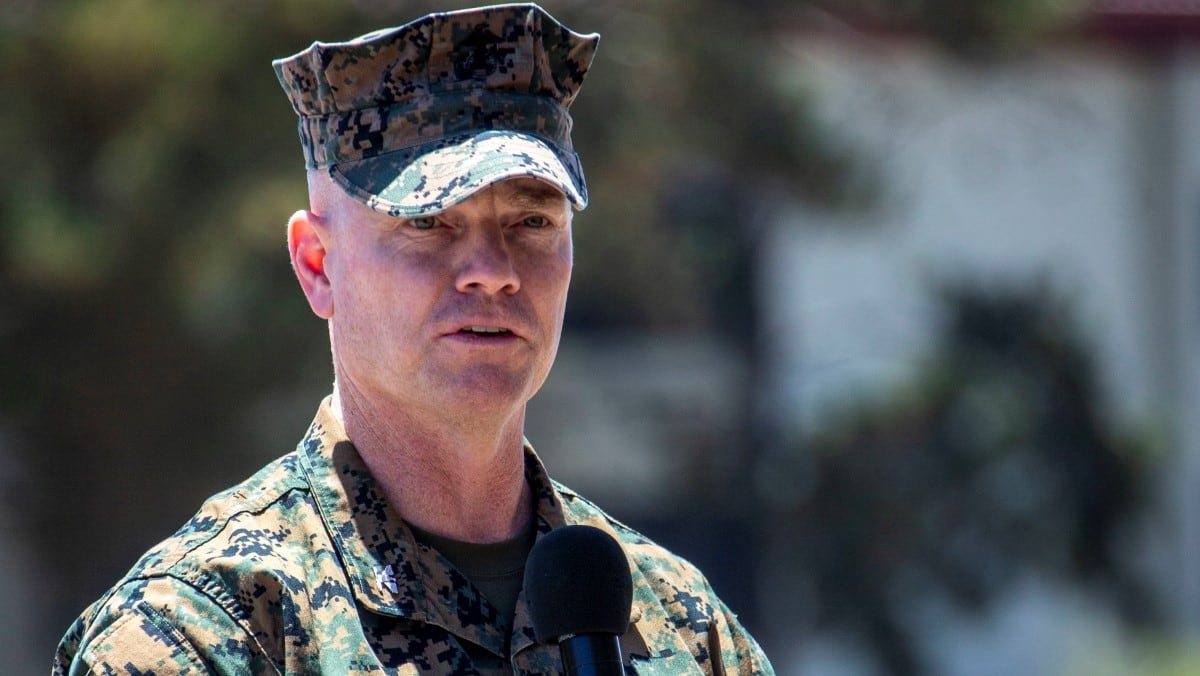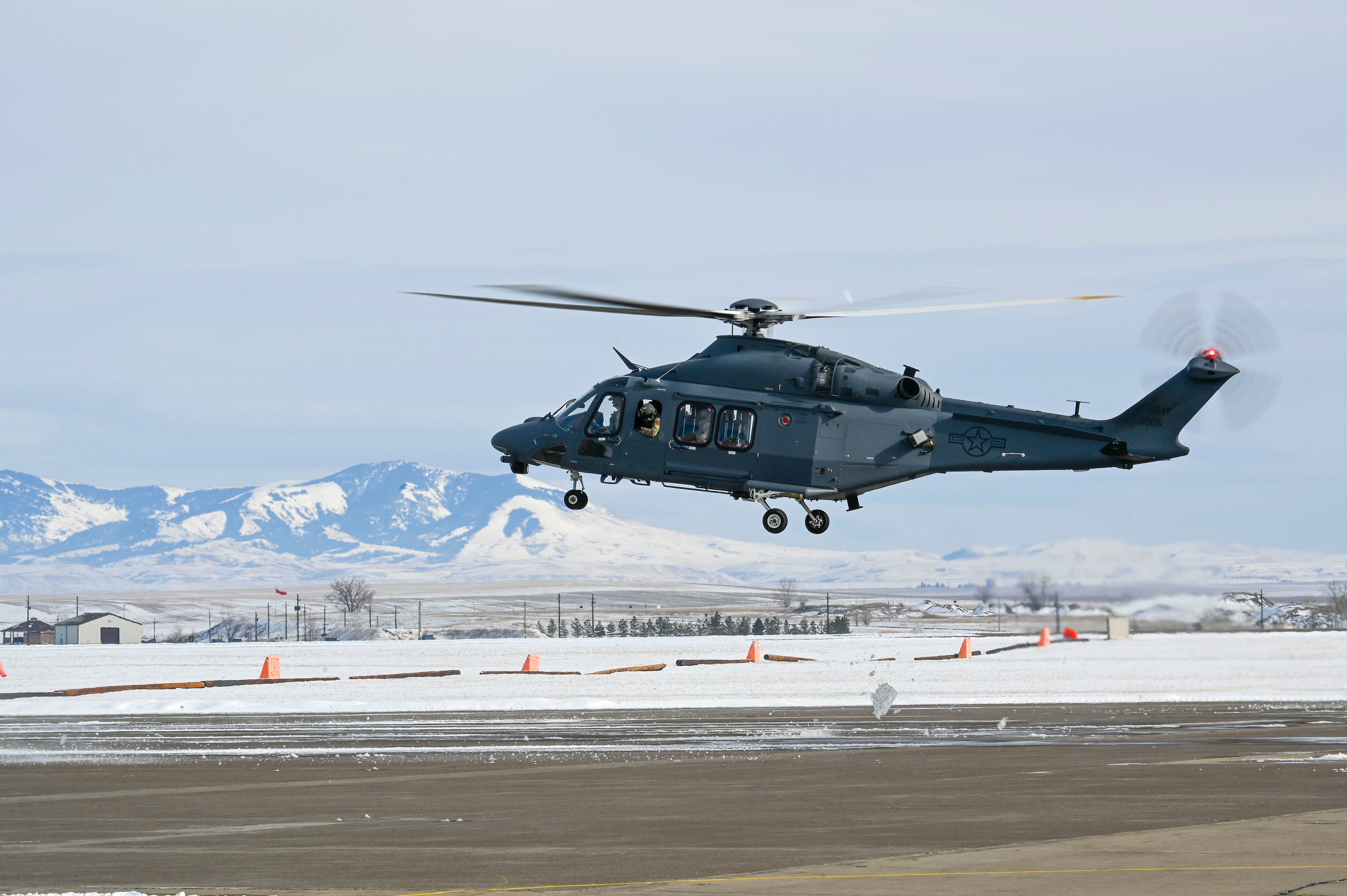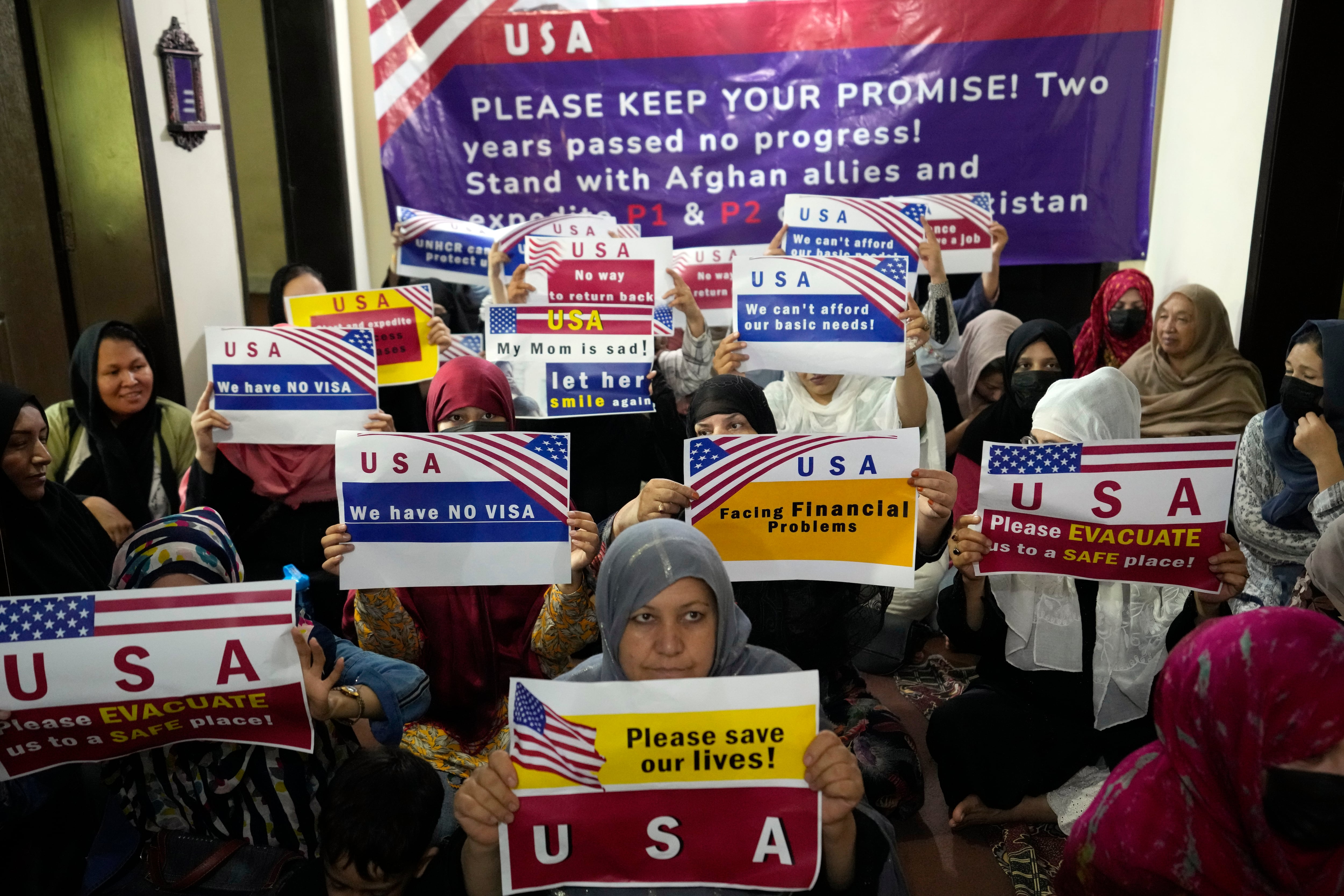The Army Reserve is finding a reserve-tailored way to promote their junior enlisted and officers while they continue to battle recruiting shortfalls.
That will mean more temporary promotions for many soldiers, the top enlisted Army Reserve soldier said.
More senior noncommissioned officers are going to see a shift, as well, Command Sgt. Maj. of the U.S. Army Reserve Andrew Lombardo said at an Association of the U.S. Army event Monday.
Lombardo wants to see a first sergeant leading at the company level. He also wants to see the reserve quit leaning on sergeants first class for that leadership position.
RELATED
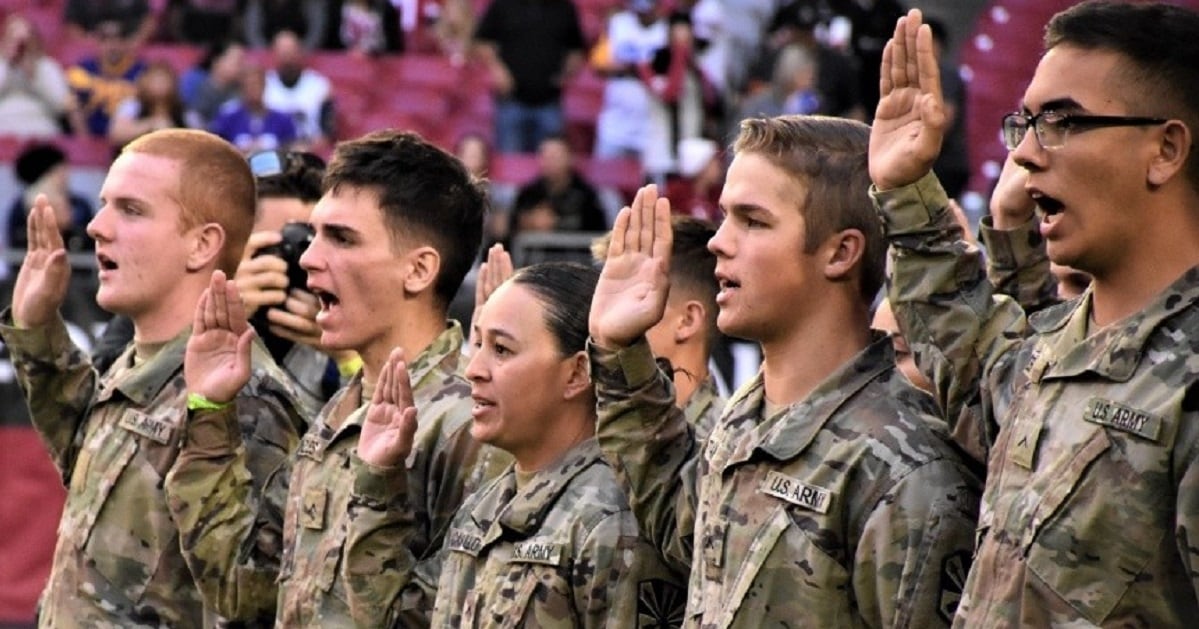
Lombardo talked Monday about various reserve initiatives, but much of the hour-long event was focused on promotions and manpower.
The force did fall short of their recruiting goals this past year, Lombardo noted, which Army Times reported in November.
Only 11,690 reserve applicants shipped to training, despite a target of 15,875.
One of the challenges has been the active duty side’s better than average retention in recent years. Active duty soldiers leaving for the reserves has traditionally been a recruiting standby, Lombardo said. But reserve retention is doing well, too.
“Our retention mission is looking better than ever,” he noted.
Now the challenge is putting those junior soldiers into more senior slots and improving even the senior NCO ranks.
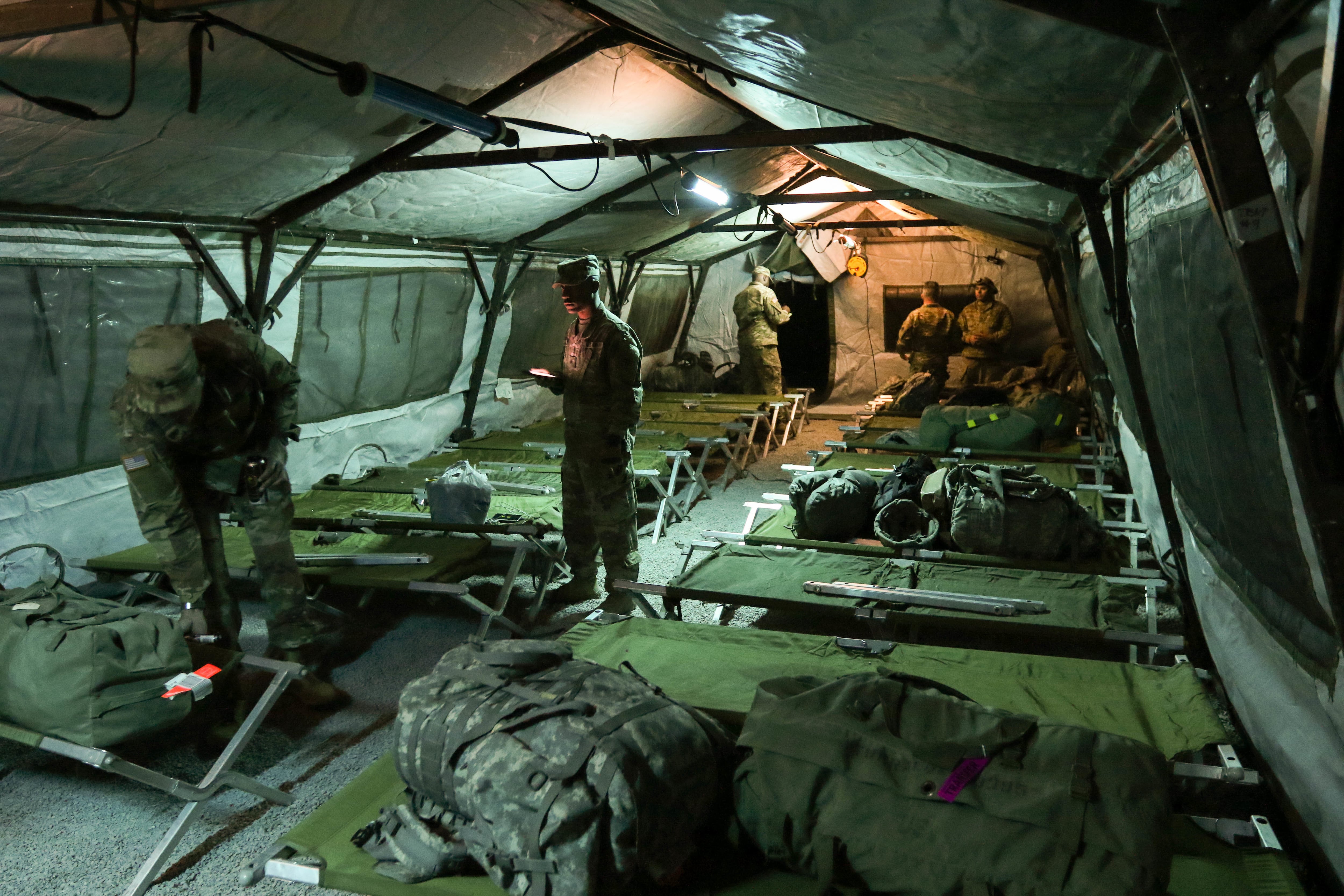
The Army Reserve currently has 10,000 more specialists and 1,200 more lieutenants than they’re currently structured to use, Lombardo said.
At the same time, they have a deficiency of 2,500 sergeants and 800 captains across the reserve.
Army Reserve leaders want to see an “over strength” of 3,000 sergeants and 800 captains by July 2024 when the command team will transfer with new incoming leadership, Lombardo said.
A reserve team is working with Army Human Resources Command and other entities to energize leadership and give specialists the “nudge they need to become an NCO.”
Retired Sergeant Major of the Army Dan Dailey conducted the AUSA interview.
Dailey noted that the reserve had faced its own training challenges through nearly two years of the COVID-19 pandemic, which caused a logjam of training for things such as NCO schools required for promotions.
The temporary promotions details will hit the street by early January, Lombardo said. That means pinning on rank but still having to meet certain goals and timelines.
To keep that rank on their uniform, new NCOs and captains must complete their required military education within 12 months of being promoted, Lombardo added.
They’ll also need to have a vacancy within their official commute area and a reserve school seat assigned for leaders courses and other MOS-specific requirements. So even though many reserve soldiers do longer schools in two phases, they’ll have had to complete the second phase within the 12-month period.
A little higher up the rank structure, the Army Reserve is looking to fill 90-95% of its staff sergeant and sergeant first class slots. Leaders plan to pause once they hit 80%, and then re-evaluate progress.
That’s important because all of those ranks will need school seats. Lombardo said that they’ve worked out locked-in school seats for the promotions they’ve planned with the Army’s Training and Doctrine Command.
Soldiers might also see more senior NCOs at the lower levels than they’re used to.
“We’re looking to get first sergeants in the grade of E-8 down at the company level,” he said.
But the work of building mid- to upper-level enlisted leadership isn’t all sticks, there are some carrots.
Lombardo said that the reserve is working with commands to cease changing training schedules because that can cause friction with civilian employers and families. And they’re asking leadership to be more flexible about when soldiers conduct necessary training, trying to work around their civilian commitments.
Finally, if a soldier is straining with the civilian-soldier juggle, they might need to step back for a bit.
“You may need to take a couple years in the Individual Ready Reserve and maybe look forward to coming back once your family situation has changed,” Lombardo said.
Todd South has written about crime, courts, government and the military for multiple publications since 2004 and was named a 2014 Pulitzer finalist for a co-written project on witness intimidation. Todd is a Marine veteran of the Iraq War.

